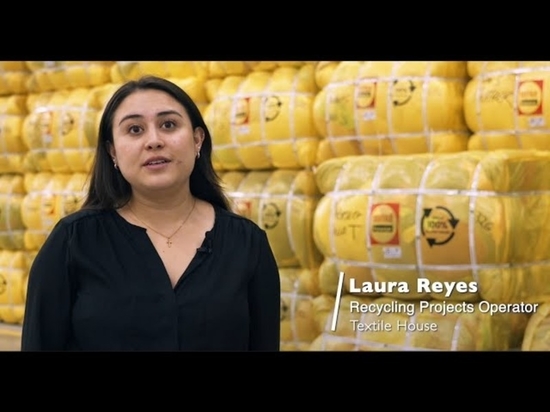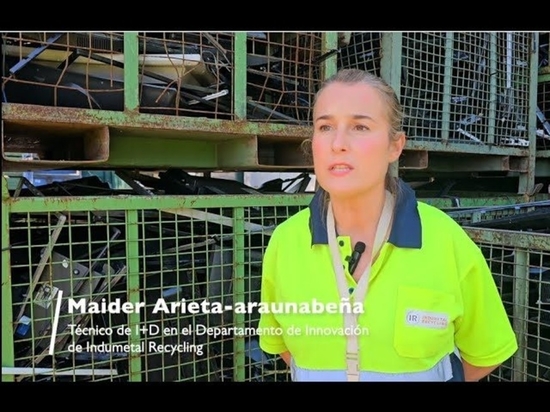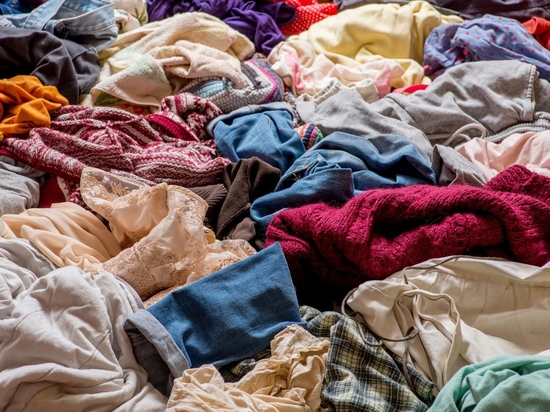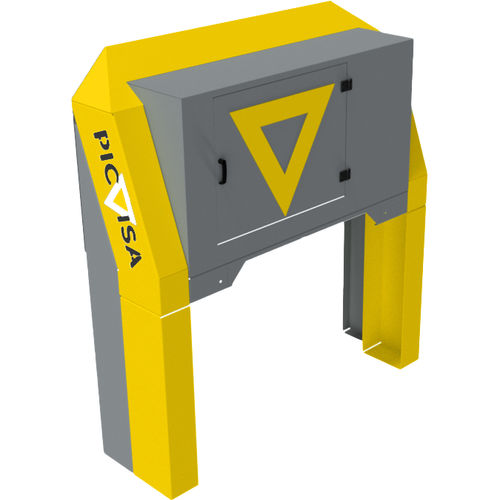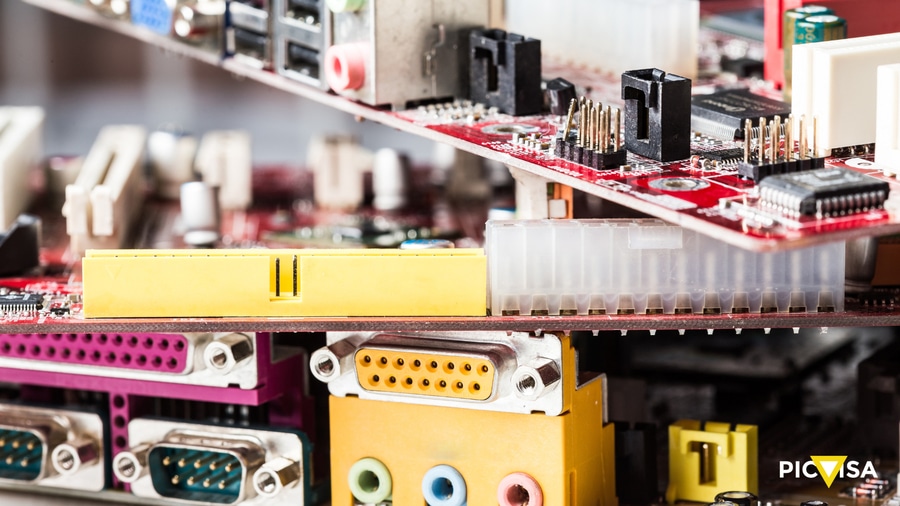
#Product Trends
RECYCLING OF WEEE: EFFECTIVE SOLUTIONS FOR A GROWING PROBLEM
RECYCLING OF WEEE: EFFECTIVE SOLUTIONS FOR A GROWING PROBLEM
Waste Electrical and Electronic Equipment (WEEE) represents one of the fastest-growing waste streams in the EU: over 3 million tons in the last year, of which less than 40% is recycled. Recycling is falling behind compared to production, and the magnitude of the problem requires an approach where technologies such as optical sorting, artificial vision, and machine learning are crucial.
WEEE, ranging from large appliances like washing machines and electric stoves to small devices like laptops and smartphones, contains potentially harmful materials that pollute the environment and pose risks to people involved in the recycling process.
Reciclaje RAEE
The management of this waste is critical to minimize its environmental impact and protect human health, but recycling rates vary greatly from one member state to another. For example, in Croatia, the WEEE recycling rate has been above 81% since 2017, while in Malta, it barely reaches 21% currently.
The potential hazards are what place the separation and treatment of discarded WEEE as one of the priorities on the European “green agenda” for the coming years.
The latest available consolidated figures (2020-2021) indicate that, on average, 10.3 kg of WEEE is collected per capita per year in the EU. These figures leave no doubt about the need for more effective and sustainable solutions to manage this waste.
THE EU’S ROLE IN WEEE MANAGEMENT.
In March 2020, the European Commission presented a new Circular Economy Action Plan, which identified the reduction of WEEE as one of its key priorities. The proposal, which is still in effect, outlined immediate objectives such as the “right to repair” and improving overall reusability, introducing a common charger, and establishing a reward system to encourage electronic product recycling.
In February 2021, the European Parliament reinforced its commitment to the mentioned Action Plan by calling for additional measures to advance towards a carbon-neutral, sustainable, toxic-free, and fully circular economy by 2050.
There is a general consensus that the measures taken should include stricter recycling laws and concrete, measurable, and binding targets so that by 2030, the reduction of the ecological footprint from the use and consumption of materials is significant.
All of this is on paper, but what is being done on the ground?
TURKEY SETS THE TREND IN WEEE TREATMENT.
By the end of 2022, Turkey implemented two new regulations for the management of waste electrical and electronic equipment (WEEE) and the restriction of hazardous substances in such equipment.
The WEEE Management Regulation aims to reduce waste and protect the environment and human health. Producers must comply with eco-design standards, promote the use of recycled materials, and ensure proper disposal of WEEE. Additionally, obligations are established to inform consumers about the separate collection of WEEE and the effects of hazardous substances.
These regulations reinforce the responsibility of manufacturers, importers, and distributors in the sustainable management of WEEE in Turkey while driving the establishment of relevant facilities for the treatment of such waste.
This is the trend in Europe: the identification, collection, and treatment of WEEE must be equipped with technology and infrastructure to ensure the highest possible recycling rate.
PICVISA’S SOLUTIONS: APPLICATION AND BENEFITS FOR WEEE RECYCLING.
One of the most notable success stories in WEEE treatment can be found in Bizkaia, Spain, where Indumetal Recycling, a pioneering company in Europe in the recycling of Waste Electrical and Electronic Equipment, processes 30,000 tons of WEEE annually to reintroduce them into the value chain.
Indumetal relies on PICVISA as a leader in the development of optical sorting technologies. At PICVISA, we offer a variety of solutions for the challenge of WEEE.
Ecoflow technology by picvisa
In this particular case, our ECOFLOW flow analyzer, based on artificial intelligence, allows Indumetal to collect images, process data, and visualize them to maximize efficiency in decision-making regarding waste management in the plant.
This is how the detection of impurities in the flow of ferrous materials is achieved (detecting PCBs, button and cylindrical batteries, and copper coils), with an average detection efficiency of 85%, reaching up to 98% efficiency in detecting button and cylindrical batteries.
This example serves to illustrate how PICVISA contributes to WEEE recycling by developing and implementing recognition and classification systems that allow us to enjoy the benefits of recycling these devices that bring us so many advantages during their use.


